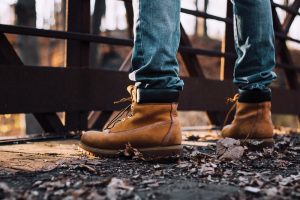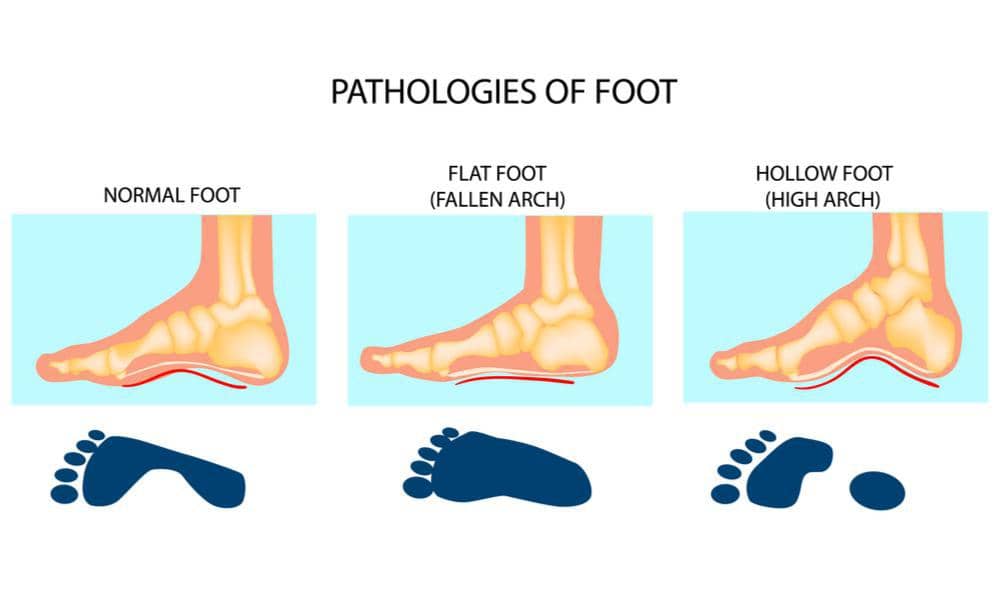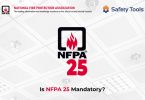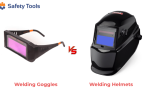How Fit Should Work Boots Be?

How to find the right fit?
#1 – Ensure that there is enough breathing room
The number one indicator of a boot that properly fits is it’s breathing room. The space inside the boot shouldn’t be too little or too much, but it should have just the right amount of space to let your feet feel relaxed. Ideally, your boot shouldn’t only cover and protect your foot but it should also have a build that gives your feet ample support and comfort.
On a hillside, concrete, or any other type of surface, the perfectly sized boot should provide enough room to place a secure footing and remarkable traction. But despite the room, it shouldn’t feel as if each foot is sliding inside the footwear.
If, however, your feet feel that discomfort, unsure footing and hot spots may result as a consequence. The inadequate security could also produce burning sensations on one or a few more parts of your feet.
#2 – Wear socks and use insoles
A second invaluable tip would be to wear socks and use insoles inside the fitting. Bringing along a pair of well-fitting socks that you regularly wear with your work boots as you shop is also a great idea. Since you’ll be wearing socks inside the boot, it’s best to adjust the boot’s fitting with the socks on.
It should be noted that having thicker or thinner than normal socks could significantly impact the actual sizing. If orthotics and insoles are additionally worn inside the boots, it is essential to wear them during the fitting.
Since orthotics and insoles usually change the original position of the foot inside the boot, to avoid ending up with an uncomfortable and incorrect fit, it pays to try out the boot fitting while wearing them. This is especially recommended in the case of wearing pull-on boots.
#3 – Find the proper length
Another factor that increases your chance of landing on the perfect sized work boots is choosing the proper length of the boot. In terms of the length, there are two important issues. The area of the length is measured from the point where the toe hits to the shaft’s or quarter length.
Steel toe boots may feel a little short due to the additional material integrated onto the cap of the toe. So, keep it in mind that although it’s important to take the work boot fitting with the socks on, deciding to go one or half size bigger when the toe feels tight initially is an utterly bad idea.
Apart from that, sometimes the insides of a boot feel rigid and hard. To overcome that feeling, break into your boot and stretch the leather with your feet. The length of the shaft also varies from person to person as it is mainly based on personal preferences, but the majority of them lie on the 6-inch range.
Besides this, the back stay, the foxing can have big differences in the areas surrounding the heels. This particularly occurs in the work boots that have mesh uppers.
#4 – Make sure that your heel is comfortable
The correct way to understand that your work boot heel fits you like a glove is when your heel doesn’t go up from the sole as you walk. But, a slight amount of sliding is acceptable. If you feel that your heel rubs against the back of the boot, forming blisters or increases the chance of dealing with an accident as you trip over your foot, it’s an indication that the fit of the boot is unsuitable for you.
Since the main goal of a boot is to ensure security to your feet and prevent any accidents, it’s key to put attention to how the boot will fit your heel. Your heel should feel safe and snug at all times, with minimal risk of slipping.
Despite all the other parts feeling comfortable, if you feel that the heel is loose, it’s wise to tie the laces up your ankles. If that seemingly doesn’t help, it’s best to wear a thick insole inside.
#5 – Walk around
Nothing gives you more details about the boot fit except wearing it and walking around. While walking, attention must be paid to the bending of the footwear and to determine whether there is any rubbing or hot spot.
Just in case there is a hot spot, then it might not be a good choice for trial as it may cause blisters. Trying out various pairs from various brands gives a higher chance of finding the truly fitting boot.
Getting the Right Fit Based on Your Foot Type

Other Signs that your Work Boot Fits Well
Visually, there are a few signs that one can look for as a sign of a good and proper fit when one is standing on both boots.
Apart from the heel, the rest of your feet should feel snug. If the rest is assured, we can expect that eventually, the heels will feel comfortable too.
For the boots with a heel leather, they can soften up over time, conforming and moving with the natural shape of the feet, overall preventing any possible slip.
- Ball sitting at the boot’s sole’s widest area
The ball of a foot that rests adequately at the widest spot of the foot’s soul is another sign of a good-fit work boot. If the ball fits excessively far forward while it is inside the boot, this could be an issue of concern since it may cause discomfort in the toes.
- Snug feel over your entire feet
Another sign that reassures you with a great fit is when the vamp or instep of the boot snugly fits on the topmost part of the foot’s arch. Compared to the fit of a casual shoe or sneaker, the fit from the boot’s instep should be snugger.
Things to look for while buying a work boot
Throughout a long exhausting work day, a well-fitting pair of boots can give you a boost and keep you running through the day without getting into any injuries. In certain occupations, the OSHA or the US Labour department mandate boots to be worn, in case there is any risk of injuring the feet.
Ill-fitting work boots cause a great deal of long term problems by creating pressure on the joints and bones. They can result in chronic pain in the back and knees. Individuals with arthritis problems can stay relatively relaxed and stand for longer hours at work due to nice fitting work boots.
Some other factors to consider are:
- Arch support
Arch supports essentially reduce the pressure exerted on the ligaments that attach your toes to your heels, keeping the feet comfortable. As a huge plus, it prevents plantar fasciitis, a condition where sharp acute pain is felt in the heels.
Apart from these, arch supports encourage correct alignment and prevents the development of chronic back, knee or pain.
- Cushioning
Cushioning is fairly important in boots because it acts like suspension for your feet and reduces impact from your heels and the balls of your feet as you take every step. A lot of work boots with a good arch support don’t provide enough cushioning. But it doesn’t mean that you have to trade off your comfort. You can simply add some cushioned insoles. Medical-grade insoles are a good option as they are made of breathable materials and take away sweat.
- Weight, Insulation, Waterproofing
Out of the hundreds of work boots, you need the one that matches your needs and necessities. Nowadays, you can buy lightweight boots that provide great support besides being easy to wear all day and far less likely to cause blisters.
In winter, the insulated boots are a must have, especially if you have to work outdoors. For summer, boots having mesh uppers help to keep your feet cool and waterproof boots let you avoid the damp feeling during the rainy weather. They may feel slightly less breathable and uncomfortable in summer though.
Tips to find the right fit for your boots
Here are some of the final tips to remember before you head out to get a fine pair of snug-fitting work boots:
- Try out the boots in the afternoon. In the afternoon, your feet tend to be at their largest length. So you’re more likely to find the boots that are a match for your feet.
- Try out the boots while you wear your regular socks.
- There’s no need to assume your size. Just try on a number of pairs and brands to find the best fit.
- Spend some time walking after putting on the boots. After you’ve worn your boots, walk forwards/backwards, and if possible then up and down stairs to understand the fitting and level of ease.
- For the ultimate fit and support, completely unlace your boots, put them on, and again re-lace them.
- Don’t stack insoles. Remove the factory insoles first.









Leave a Comment